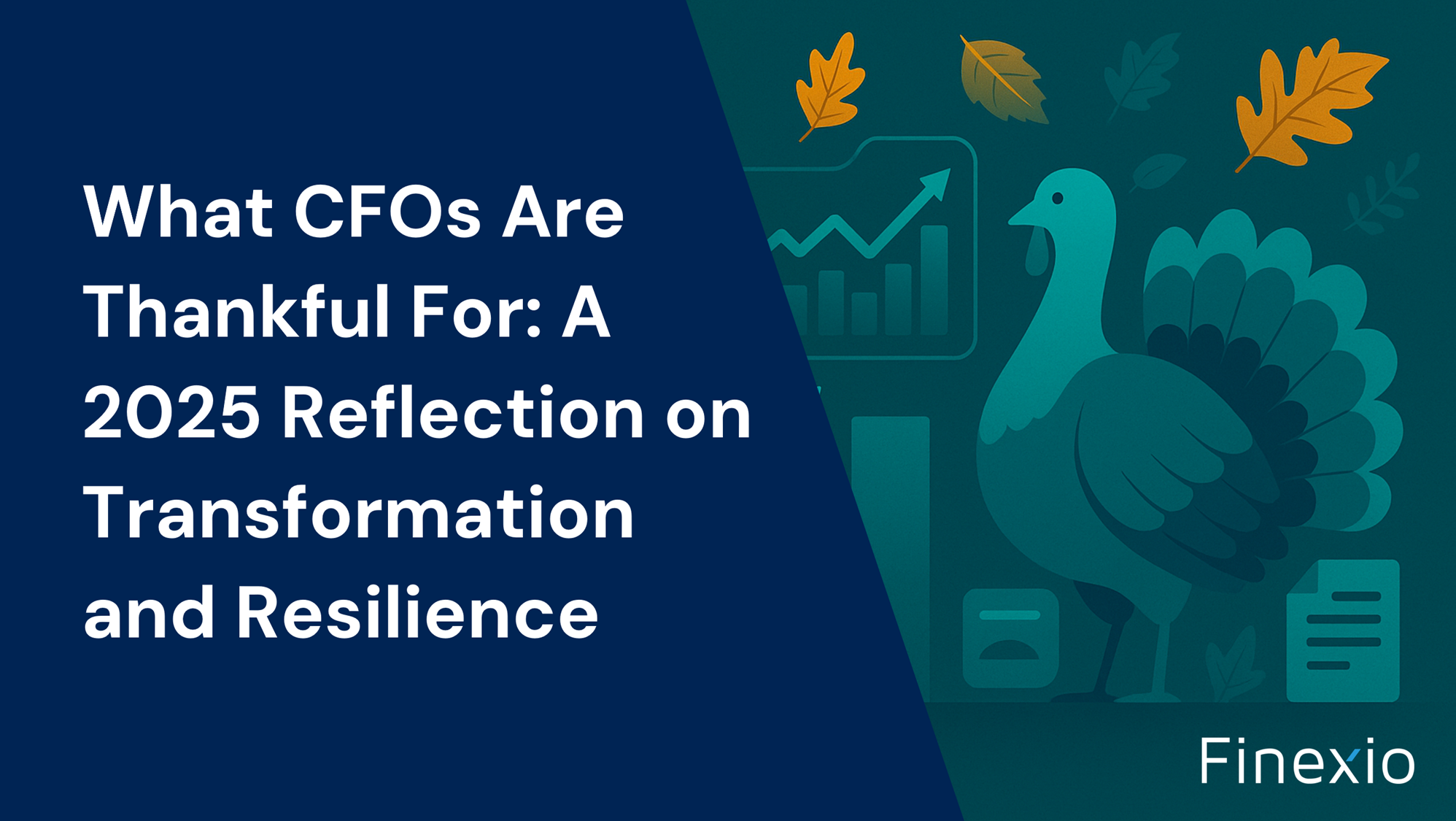How AP Teams Think About Fraud Prevention


Introduction
Accounts payable teams move a lot of money every month. That kind of volume naturally draws attention, and not all of it is welcome. As fraud tactics get smarter, so do the ways AP teams stay ahead of them. Invoice fraud, payment redirection, and fake vendors aren’t new problems, but now they’re harder to spot.
That’s why accounts payable fraud prevention sits higher on the list for finance leaders than it did just a few years ago. We’re seeing AP teams rethink their daily work, the tools they rely on, and the steps that protect payment workflows from slipping off track.
Why AP Fraud Happens in the First Place
Sometimes it’s not about a missing control, but the space between them. Gaps show up in the small things: extra manual steps, shared inboxes, or skipped approvals. These are the openings that fraud can squeeze through.
Unusual payment patterns are one of the first signs something is off, yet they often go unnoticed. When a vendor suddenly changes their bank info, or when an invoice looks right but is slightly out of place, it’s easy to miss. If a fraud attempt blends in with a busy day, it usually does.
Reliance on spreadsheets and email adds to the problem. When invoice tracking happens across different tabs and inboxes, there’s no single line of sight. Mistakes or unusual activity can hide in plain view. The broader the process becomes, the more it depends on memory, and that’s where things can fall apart.
How Today’s AP Teams Spot Fraud Sooner
Spotting fraud early doesn’t require magic—it just takes structure. Many AP teams now look for everyday signs that something might be wrong. Maybe an invoice arrives too soon or an approval happens too fast. Any change in behavior might raise a question worth asking.
Solid invoice tracking helps, especially when paired with layered approvals. Updating the approval chain, so it isn’t just a rubber stamp, adds friction where fraud tries to move fast. And when every action is recorded, it builds context for what should—and shouldn’t—happen next.
Behavior matters too. If a long-standing vendor suddenly becomes hard to reach or starts submitting slightly altered details each month, it could point to a larger issue. These small interruptions in familiar rhythms are often the first sign that someone else is behind the curtain.
Built-in account validation and audit trails in modern payment platforms make it easier for AP teams to flag changes and track approval handoffs before fraud takes hold.
The Role of AI in Preventing Payment Fraud
Some patterns are too subtle for people to catch. Machine learning helps fill that gap. It doesn’t get distracted, tired, or overwhelmed during the close cycle. It watches every transaction and connects dots across time that a human might miss.
When someone enters a duplicate invoice or changes bank details outside of the regular flow, automation can flag that instantly. That means suspicious payments don’t wait until someone notices—they get held until someone confirms. It creates space to review without slowing the process for everything else.
Rules-based systems also let us set up protections ahead of time. If large payments need extra approvals or if vendors can’t change account numbers without review, it creates speed bumps fraud can't ignore. AI helps keep those boundaries mindful, not manual.
Top platforms in accounts payable fraud prevention offer configurable AI and smart rules, immediately flagging suspicious behaviors, duplicate entries, or outlier transactions for review.
Building a System That Makes Fraud Harder
No workflow is perfect, but a strong one makes it harder to make mistakes. Clean approval paths where everyone knows their role prevent shortcuts and missed steps. When approvals are automatic and clearly logged, there’s less room for missteps.
Embedded payment tools help reduce handoffs. When payments happen inside the system used for approvals and tracking, it reduces the chances of details changing during the process. Validating bank account info right before payment creates an extra check, right where it counts.
Vendor onboarding also matters. If supplier information is incomplete or outdated, the first time that record gets used can introduce problems. A smarter system steps in early to capture everything needed—accurate tax forms, verified bank details, clear contacts. That way, every payment starts from a trusted place.
Comprehensive accounts payable fraud prevention systems now support secure supplier portals and onboarding, setting standards for tax documents, bank details, and approval verification before payments begin.
Staying Ahead: What CFOs Are Prioritizing Next
Fraud prevention used to be something reviewed after a breach. Now it’s a standing item. Finance teams are starting to treat risk monitoring as part of daily operations, not just audit prep. New tools make that possible, but so does better alignment with IT and compliance groups.
No one team owns fraud prevention anymore. AP leaders are looping in tech partners to check for gaps between platforms or missed alerts. That kind of cross-team support makes the whole process stronger, especially when payment systems rely on linked software.
There’s also a shift toward using fewer tools and more integration. Instead of spreading AP work across five different places, teams are leaning into platforms that pull everything into one trackable space. That simplifies routing, strengthens record keeping, and limits the chances of something slipping through a crack in handoffs.
Strengthening Control Without Slowing Down
The fear with adding more checks is always the same—that it might slow work down. But we’ve seen the opposite. When processes are clear, organized, and repeatable, they don’t drag. They flow. That fluency comes from structure, not speed.
When vendors know what to expect and can trust consistency, that builds better relationships. Questions and delays shrink. Payments stay controlled but still move. And when the team feels confident the system has their back, they stop wasting time re-checking steps someone else already did.
The best accounts payable fraud prevention work doesn’t feel heavy. It feels like rhythm. Like the day’s work moving without stress, with fewer surprises, and with clearer outcomes. Control builds clarity. And with strong habits in place, fraud has fewer places to hide.
At Finexio, we’ve seen that stronger systems lead to fewer surprises, especially when you’re keeping a closer eye on vendor behavior, changes in payment details, and signs of unusual activity. Building smarter controls for accounts payable fraud prevention starts with automation that flags risks early and keeps payments flowing with less guesswork.
Get the free Newsletter
Get the latest information on all things related to B2B and electronic payments delivered straight to your inbox.




